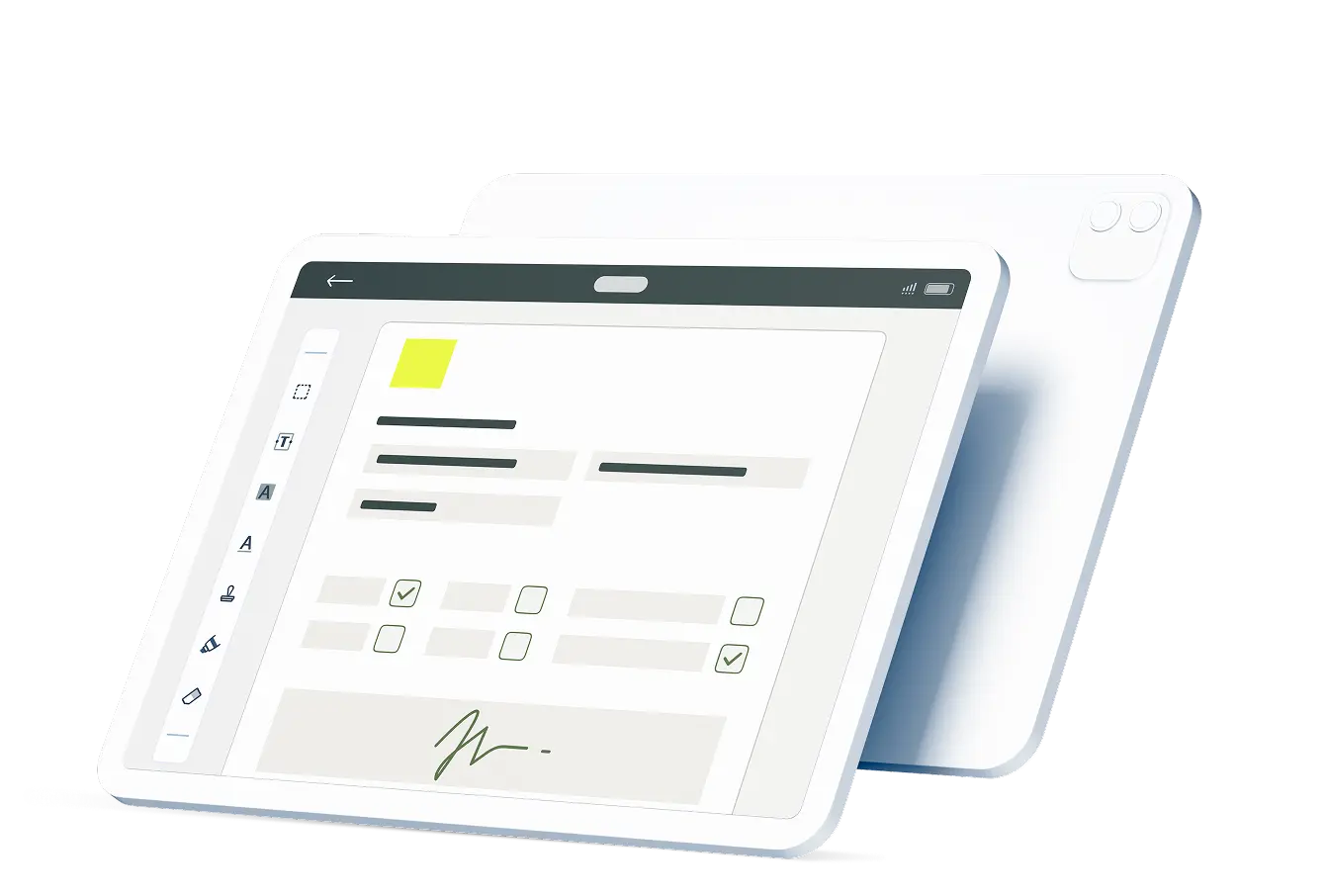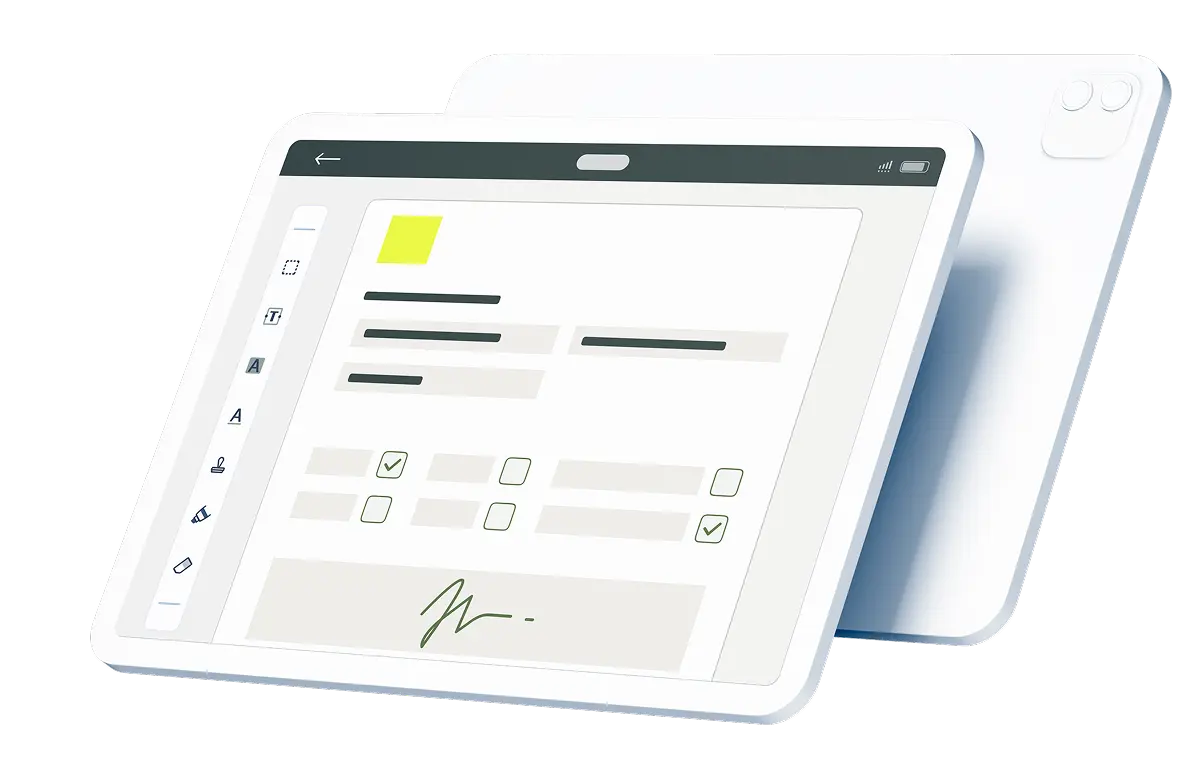You may be familiar with the adage “You have to spend money to make money.” Organizations of various sizes, industries, markets, and locations have to purchase items in the course of doing business. Anyone may be tasked with identifying buying needs for a company, but without a well-defined process, costs can quickly spiral out of control. Maximizing profit and cash flow means controlling spending. Your business needs a process that is orderly and consistent, starting with a purchase request form.
Contents:
What Is a Purchase Request Form?
Also known as a purchase requisition form, this is an internal document sent to obtain goods or services to be bought. The requestor outlines the items to be purchased as well as a justification or explanation.
The PRF is often sent to a manager or a purchasing department for review and approval or rejection. The form often doubles as an authorization form and is part of the official paperwork used for tracking expenditures as well as other larger processes such as budgeting, procurement, cost control, and forecasting.
How Do You Create a Requisition Form Format for Purchase?
Now that you’ve established a purchase requisition definition, you need to create a sample purchase requisition form template. You need to consider the information to be conveyed in a PRF. What would the purchasing department or supervisor need to know to approve the request? What information is necessary to facilitate a quick turnaround in processing the request?
The typical requisition form format for purchase should include the following details at a minimum:
- Purchase Request Form: Anyone completing or reading the request should be able to quickly see the type of documenting they’re working with. Include “Purchase Request” or “purchase Requisition” in large, bold lettering in the header of your template.
- Organization/Business Identifying Info: The PRF is an official document for your operational records. The name of your organization, a logo, and other info such as address and phone number should also be in the header, not unlike a company letterhead.
- Date: Show the date of the request near the top of the form. Your business may need to distinguish between the dates of completion, submission, review, and response.
- Requisition ID: This is a unique identifier of the order request. Depending on the recordkeeping needs of your organization, this could be an alphanumeric field based on internal departmental codes.
- Vendor/Supplier: This is the entity you’re purchasing goods or services from. Request all relevant information, including name, address, phone number, email, etc.
- Delivery Information: If shipping or delivery costs are a part of the overall requisition, include details about shipping as necessary for your operational needs.
- Cost Breakdown: Add a table that shows the cost breakdown for each good or service on the
form. Each item should have its own row. Have one column each for these fields:
- Item ID: Alphanumeric according to internal tracking purposes
- Item: Name of item
- Description: Description of good or service
- Unit: The unit of measure for each good service (each, linear foot, square foot, cubic foot, hour, day, etc.)
- Unit price: Cost per individual unit
- Quantity: Number of items to be purchased
- Total: Calculated by multiplying the unit price by the quantity for each row
Provide a subtotal that adds up the totals for each row. Below the subtotal, you’ll need a field each for any discounts, markups, sales tax, and shipping costs. Calculate the total value of the PR by summing the subtotals, discounts, markups, taxes, and shipping. Finally, make sure your form contains all of these elements:
- Explanation/Justification: Provide a clear and concise reason for the purchase.
- Status: Add checkboxes to indicate the status of the PR, such as “approved” or “rejected.”
- Signatures: Include fields for signatures from the requestor and the approver, at a minimum.
A sample purchase requisition form template helps to ensure consistency in capturing PR details and distributing forms for approval and storage.
How Do You Develop a Purchase Requisition Process?
Buying products for business is a regular process for your group, so you’ll need to create a process that identifies the requisition form format for purchase as well as responsibility for the following:
- Form completion
- Purchase request review and approval
- Distribution to purchasing department
- Submission to vendor or supplier
- Verification of receipt and delivery to requestor
- Storage of form for business processes
A consistent, streamlined process where everyone understands responsibilities creates transparency and accountability.
Where Does Fluix Come In?
The power of Fluix is that it’s a lightweight and flexible solution that facilitates procurement workflow automation, document creation, completion, and distribution. It’s a cloud-based platform that your staff can access from any computer or mobile device without proprietary operating systems or special coding.
Build your PRF templates and establish a process that is recordable, repeatable, scalable, accountable, and streamlined. Experience the Fluix difference with a free, 14-day trial with no obligation to purchase today.

